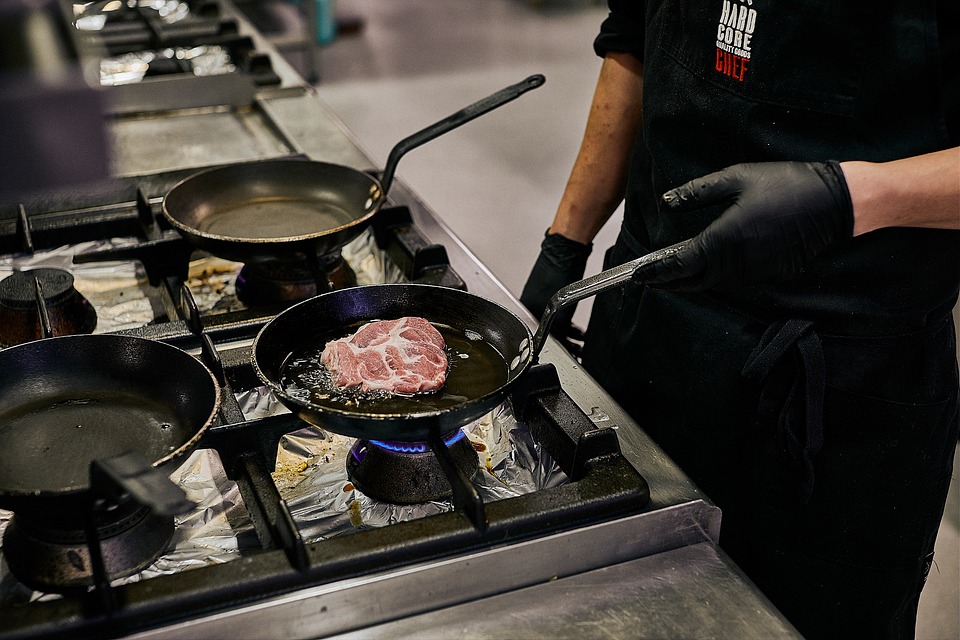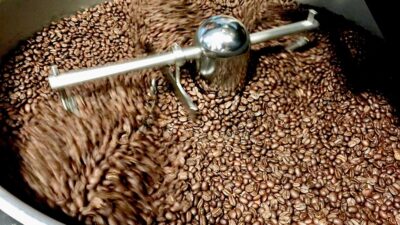Frying is an art that can lead to some of the most delectable dishes, from crispy golden fries to tantalizing fried chicken. However, achieving that perfect fry can often be elusive. The good news? With a few sizzling secrets and expert tips, you can elevate your frying game and impress your family and friends. Whether you’re a novice looking to master the basics or an experienced cook wanting to refine your technique, here are the essential tips for achieving the perfect fry every time.
1. Choose the Right Oil
One of the most critical components of frying is the oil you use. Not all oils are created equal. Choose oils with high smoke points, such as canola, peanut, or sunflower oil. Olive oil, while healthy, has a lower smoke point and can give a bitter taste when heated too high.
Tip:
For a more flavorful fry, consider blending oils. A mix of olive oil and a high smoke point oil can add depth to the taste while maintaining the required cooking temperature.
2. Keep Your Oil at the Right Temperature
Temperature is crucial in frying. Too hot, and your food will burn on the outside while remaining raw inside; too cool, and it will absorb excess oil, resulting in a greasy texture.
Tip:
Aim for a frying temperature between 350°F to 375°F (175°C to 190°C). Use a thermometer for accurate readings or perform the "drop test" by dropping a small piece of food into the oil; it should sizzle immediately if the temperature is right.
3. Don’t Overcrowd the Pan
When frying, it can be tempting to throw in as much food as possible to save time. However, overcrowding can lower the oil temperature dramatically, leading to soggy results.
Tip:
Fry in batches. Leave enough space for the food to move freely and cook evenly. This will ensure that each piece gets that coveted crispy texture.
4. Dry Your Ingredients
Moisture is the enemy of crispy fried foods. Excess water on the surface of your ingredients can cause the oil to bubble and spatter, and it will inhibit that sought-after crunch.
Tip:
Pat dry ingredients with paper towels before frying, particularly vegetables and proteins. For batters, ensure even coating to reduce moisture content and enhance crispiness.
5. Use the Right Coating
The right coating can make or break your fry. Whether you choose a traditional breading, a batter, or a simple dusting of flour, ensure your coating is seasoned and adheres well to your ingredient.
Tip:
Consider a double coating by first dipping in flour, then egg, and finally in breadcrumbs for extra crunch. For batters, ensure the batter is thick enough to adhere but not too thick that it weighs the food down.
6. Monitor Cooking Time
Each ingredient has its unique cooking time. Overcooking can result in dry, unappetizing food.
Tip:
Use a timer or keep a close eye on your food. Flipping or stirring occasionally will ensure even cooking and help you gauge doneness. Golden brown is usually a good indicator, but adjust based on the specific foods you’re frying.
7. Drain Properly
Once your food is perfectly fried, how you drain it matters. Leaving fried items sitting in oil will lead to sogginess.
Tip:
Use a wire rack set over a baking sheet or place fried items on paper towels to absorb excess oil. Season immediately after draining while still hot for enhanced flavor.
8. Experiment with Flavors
Don’t be afraid to spice things up! Fried foods can be a canvas for creativity, with endless possibilities for seasonings and marinades.
Tip:
Try adding spices to your coating mix, or incorporate flavors into your oil. Herbs like thyme or garlic can impart delightful aromas.
Conclusion
With these sizzling secrets in hand, you’re set for frying success. Remember, practice makes perfect: the more you fry, the better you’ll understand your ingredients and techniques. So, heat up that oil and get crispy—your taste buds are in for a treat! Happy frying!



